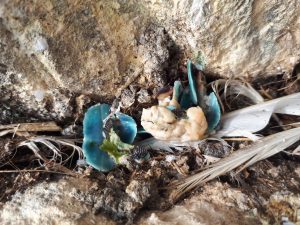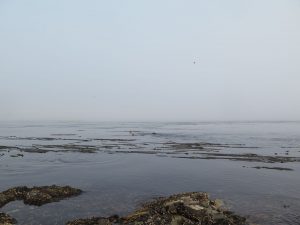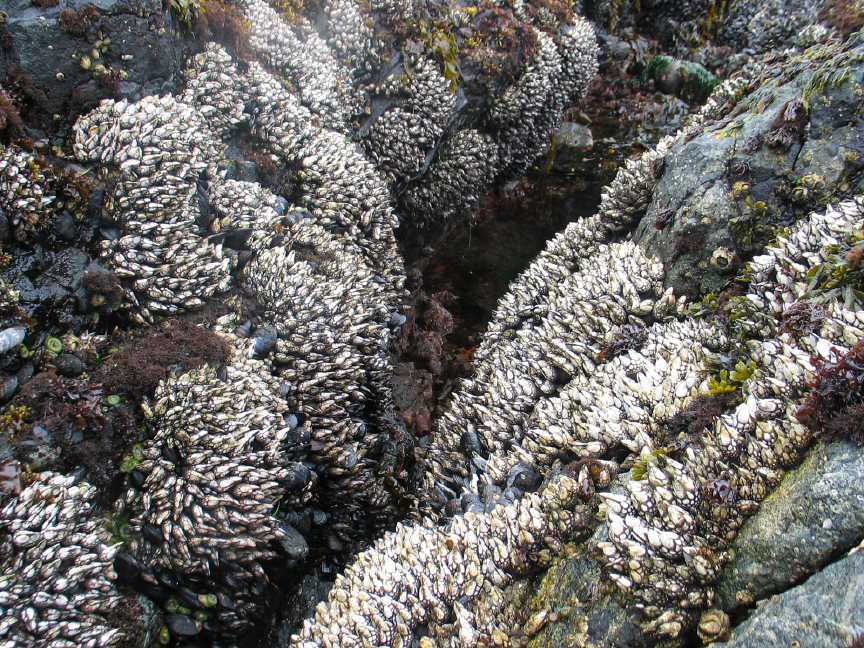Weather:
- Sky overcast, heavy fog and some smoke
- Visibility 1 NM down to 100m
- Wind 5-15 knots SW
- Sea state: calm
Visitors/Boats:
- A contractor came out to do a little work yesterday, and some supplies were brought over as well.
- We have not had much other activity. Tour vessels are becoming less frequent, and the same for pleasure craft.
Observations:
- The fog and smoke cover has been extreme over the past four days or so – it is hard to discern the fog to smoke ratio. The fog horn has been sounding for the better part of those days. Probably an average of 16-18 hours per day and typically going through the night.
- The sea lions are gradually taking over the shores of Race Rocks! Their numbers increase by the day – the areas around the ‘fuel shed’ and the crane are beginning to see a couple of curious creatures poking around. We’re planning on redesigning the fencing on the jetty for this season and for the rest of the island it looks to be high time for a parameter fence. We do need to keep the buildings protected and significant areas undisturbed, but it has been nice to see the sea lions lounge on the jetty.
- There seems to be a bit of an increase in some birds. There have been shorebirds and others, perching all around the rock and often resting at night. If we need to move around outside at night we keep an eye out as they sleep in the grass and in the plants around the paths.
- A census will come hopefully tomorrow – the visibility makes it into a game of opportunity.
Here are some pictures from around the rock over the past couple of days:
- Gooseneck barnacles (1)
- (2)
- A chiton shell
- Chiton shell segments that look to have been regurgitated by a bird
- The bushes near the base of the Canadian flag are blooming!
- There are more flies around right now, so we’ve been seeing more of these eight legged critters!
- Bull kelp in some calm water.






























































